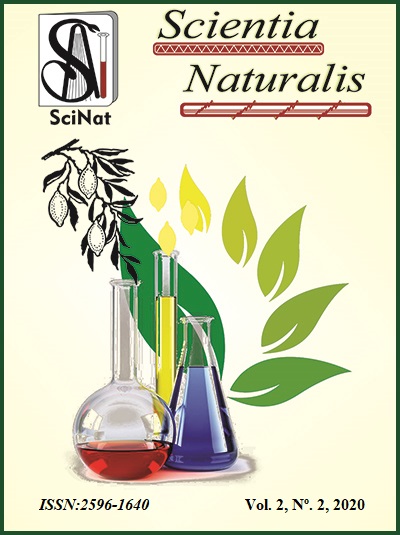Forest policy in Acre 20 years later: deforestation and VBP of selected forest products
Abstract
Analyzing the impact of the state forest policy on acre from 2001 on the dynamics of deforestation and the production of wood, açaí, rubber and amazon nuts was the primary purpose of this article. Separate statistical increment models were analyzed into three classes of 10-year periods starting in 1989, covering the pre-forest policy period until 1998. Two decades represent the post-forest policy period: 1999-2008 and 2009-2018. The evolution of deforestation and the gross value of the production of four forest products of greater economic significance for acre identified differentiated behaviors that can be associated with the implementation of the forest policy. Only a decrease in the statistical significance of deforestation was detected in the post-forest policy period and the increase in acai production, on the other hand, there was a decrease in rubber production, indicating that the policy, despite promoting improvement in forest production, could not prevent the collapse of rubber production or increase the production of amazon nuts and wood in log according to a trend observed since 1989.




